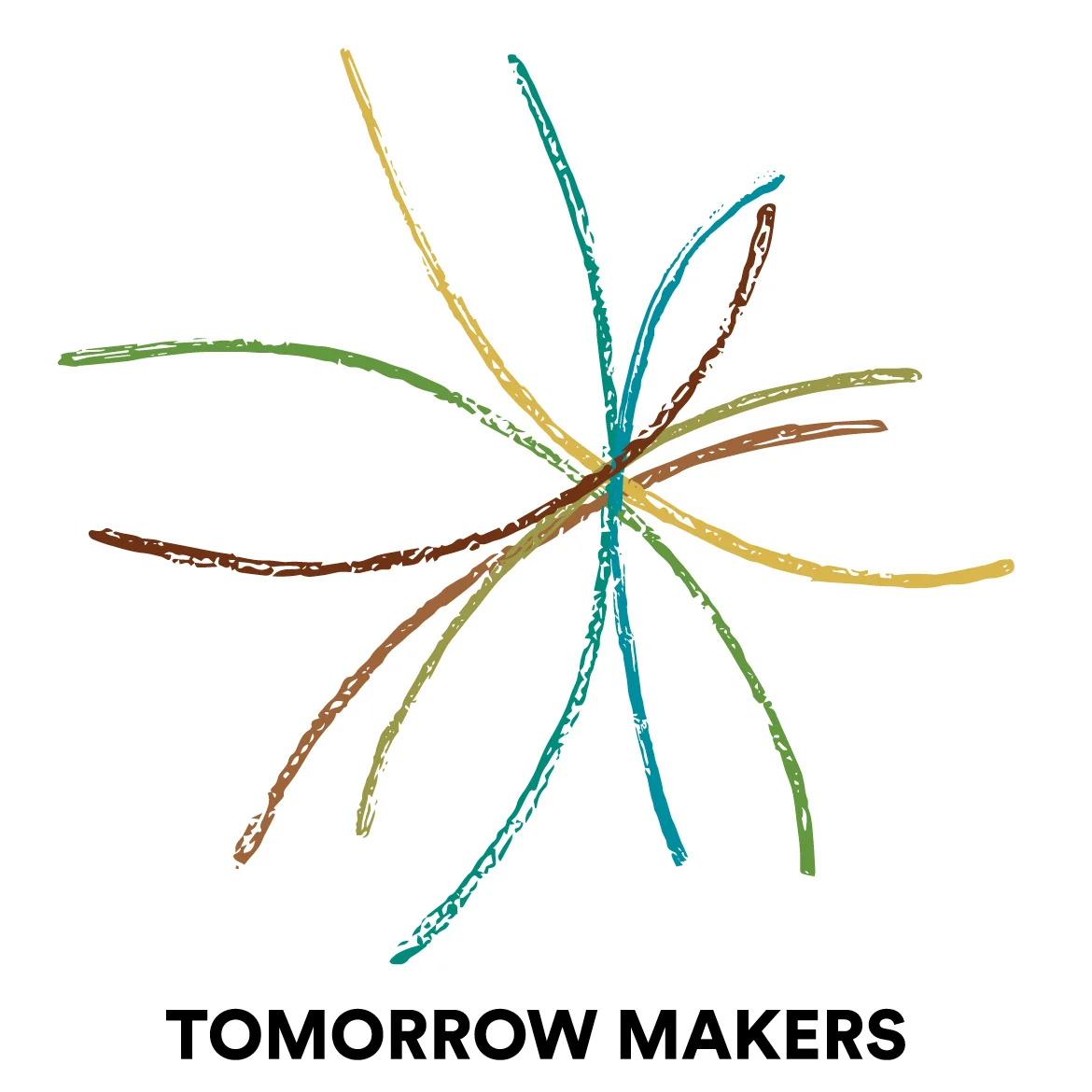Emerging Attractors for Escaping Communities
/Structural coupling, then, is the process through which structurally-determined transformations in each of two or more systemic unities induces (for each) a trajectory of reciprocally-triggered change. This makes structural coupling one of the most critical constructs in autopoietic theory. -Encyclopedia Autopoietica
I have been thinking about the structural coupling processes that help to create and define a community.
Of all the elements and relationships of elements that make up a community at any given time, those with the greatest attraction tend to produce the strongest coupling behavior. Which elements are the strongest at any given time is dynamic. Some elements and relationships of elements have appeared as strong coupling agents for hundreds or thousands of years. Others grow strong and dissipate with more fluidity.
(As an aside: It is interesting to think of structural coupling processes relating to major employers within a community over time. Cathedral builders and car makers come to mind, for example.)
At times, a new coupling agent or a new relationship among agents emerges and the social structure of the community undergoes a phase change -- a perturbation in which a new (relatively) stable-state is achieved.
Watershed moments are those moments not only during but, perhaps more importantly, just after dramatic, massive and highly impactful perturbations. The 'moment' encompasses not just the small step for man, but the giant leap for mankind. That leap is made through a window of opportunity that opens just after the event, and through which we (collectively) may shift our understanding of and relationship to our world in fundamental way. Watershed moments are a period ripe for phase transition. These opportunities are however, often quite temporary, even momentary. Very quickly, the community may 'fall back,' for better or worse, without making any fundamental change.
Aside from watershed moments, there are of course more than a countable number of low magnitude, high frequency events and interactions that influence the structural coupling behaviors of and within a community. The coupling that goes on through this type of interaction is far less dramatic and intense than watershed moments, but can lead to much healthier and wonderful phase transitions.
There are signs that some structural coupling behaviors, having subtly grown in strength over the past 25 years (+/-), are coming together and may lead to just such phase transitions. Systems thinking, living local, living slow, organic agriculture, permaculture, green architecture, complimentary currencies, collaborative design, evolutionary leadership are just a few "behaviors" that are showing signs of becoming strong community coupling agents. I am cheered by these observations, and optimistic that the convergence will continue, yielding a bounty of delight and surprise at what we'll find after our next great escape.

